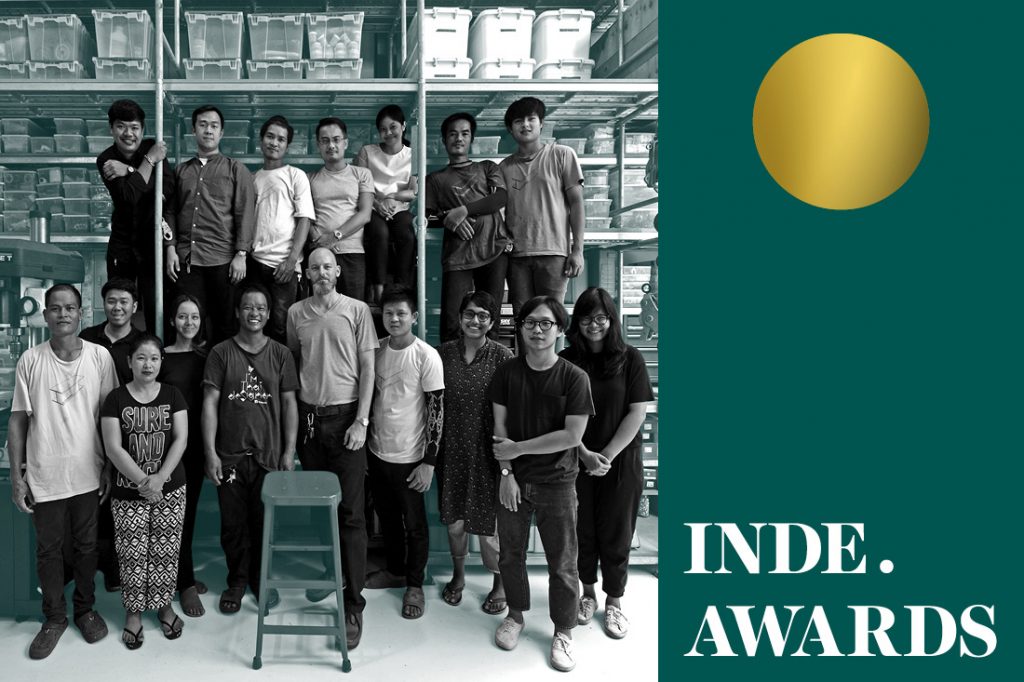
-
22 July 2018
Our INDE jury evaluated over 400 entries from design studios this year, but this one really had a story to tell. Meet the INDE Design Studio 2018.
The architecture and design industries throw around the idea of human-centred design a lot. And I mean… A LOT! Too often, in fact, and far too recklessly.
While human-centred design, however, as a concept, has been built around creating a better product for the end-user, the million-dollar question still remains unanswered: how will human-centred design not only change the work we produce, but how we produce it? How, that is, will it change the industry itself?
The answer, surprisingly enough, lies in design-thinking. The same applied thought that leads to the creation of what ends up being experienced at full scale, or held in someone’s hand, is slowly but surely creating a shift within our industrial practices.
Of course, the outcome of any project depends on the people involved. Design studios obviously deal with similar problems, but often in much different ways that align with a specific outlook (and often, an aesthetic one). Design studios could also be expected to hire people whose mentality and approach to work is similar, even if the area of expertise is different, in order to enhance a particular studio quality. In order to create a successful piece of design that is intuitive and responds well to the needs of the user, the right people need to be behind the wheel throughout all stages of the process. Sounds like a no-brainer, right? Well, it’s precisely for this reason that the INDE.Awards turns its gaze to not only the work that such studios produce, but the very human nature of the studios themselves.
The Design Studio INDE.Award honours the practice that thinks forward, creates voraciously and changes perceptions in architecture, design or both.
Presenting the Winner of the 2018 Design Studio INDE.Award:
Studiomake
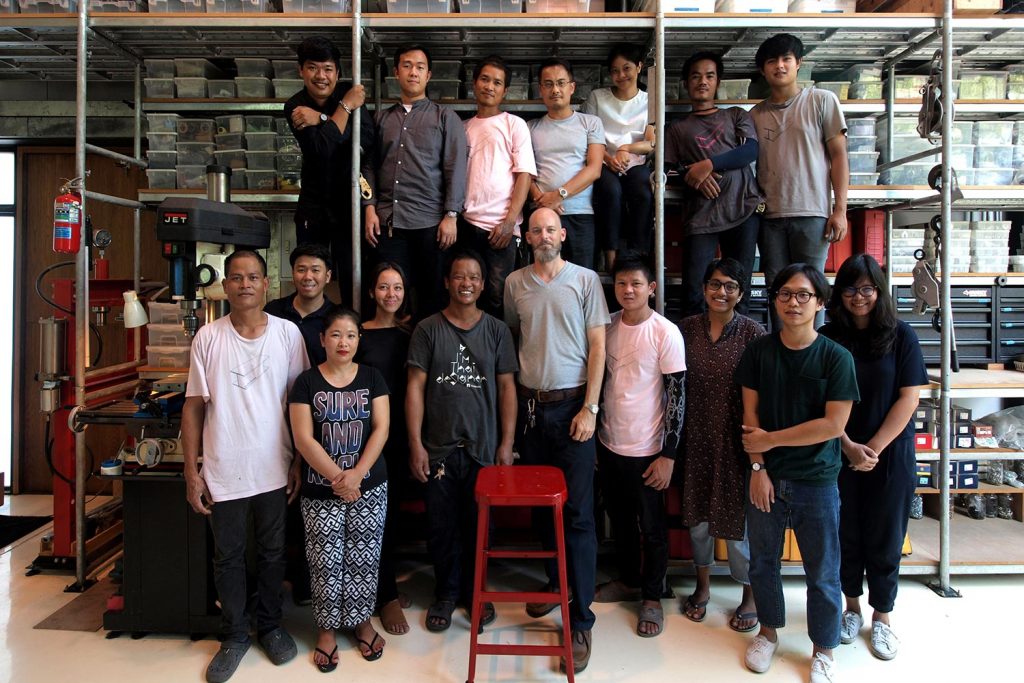
Photography: Studiomake
As this year’s recipient of the Design Studio INDE.Award, Bangkok-based Studiomake, as a practice, maintains that more innate understandings of our environment stem from more intimate scales of interaction. In the firm’s studio and workshops these tactile moments develop from fluid, recurrent shifts between the act of design and the performance of construction. Being able to experience the weight of material and the friction of tools, their ideas are catalysed by empirical knowledge derived in-hand.
Studiomake, as a notion, began to coalesce as David Schafer and his late partner, Im Sarasalin Schafer, sought to formalise their long collaboration into a future practice. Having met in the dry heat of Tucson at the University of Arizona, they both moved to San Diego to work for several significant architecture studios, earned their architecture licenses from the State of California, and then prior to moving to Bangkok, returned to academia to explore a more intimate scale of making.
The premise is that there is no distinct boundary between the act of design and the act of construction. They form a singularity, intertwined and intrinsically linked. Making inspires Studiomake’s systems of conceptualising and their conceptual framework in turn guides their approach to making. The empirical informs the theoretical and the theoretical informs the empirical. Moving fluidly from studio to workshop allows setbacks and discoveries to overlap and happen more quickly. Failure is indeed a distinct part of the process; every new idea comes with a degree of risk and while experience serves to temper that risk they find themselves constantly on the edge of failure.
Honourable Mention:
H&P Architects
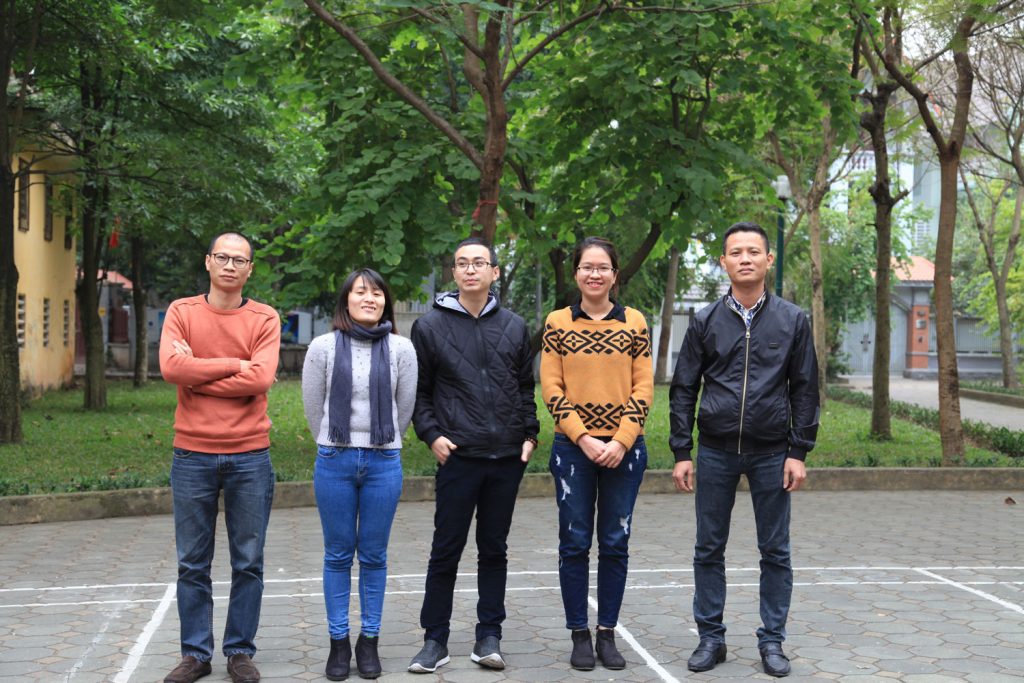
Photography: H&P Architects
Hanoi-based H&P Architects was founded by Doan Thanh Ha and Tran Ngoc Phuong, who studied in the same class at Hanoi Architecture University and graduated in 2002. For their community-related projects, they consult with Dr Nguyen Tri Thanh – the Deputy Dean of Faculty for Architecture at Hanoi Architecture University.
Doan focuses on social projects and navigating the challenges that come with implementing projects in difficult and disadvantaged communities in Vietnam. H&P’s social projects have been formulated with the viewpoint of creating spaces (‘necessary space’ is Doan’s term) that can meet and be adapted to the most fundamental needs (physiological, safety, belonging) of the poor and the disadvantaged. ‘Necessary space’ is made of ‘necessary materials’ (cheap, locally available, recycled materials) with construction technology that is appropriate to the specific context. Often, traditional craftsmanship is combined with modern technology and the building users participate in the construction.
H&P hopes this approach will raise awareness, provide inspiration and shape future actions among users, encouraging them to take action and responsibly for creating a society with a ‘necessary’ and friendly culture, community and climate. H&P’s ‘necessary spaces’ are diverse in size, ranging from meeting an individual’s fundamental needs to a household and more broadly a population segment. Contexts of construction range from vulnerable communities in areas hit by natural disasters to poor ethnic minorities in mountainous areas, or disadvantaged communities in urban and rural areas.
INDE.Awards 2018 Gala
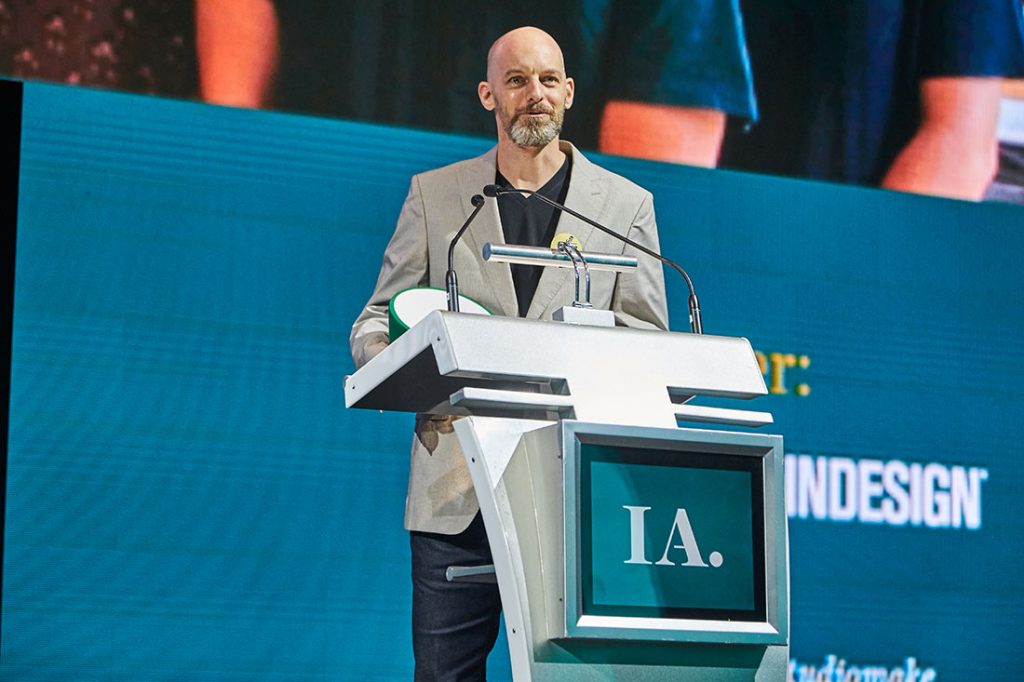
David Schafer of Studiomake giving his acceptance speech. Photography: Mark Lee
The INDE. Awards acknowledge the talent and skill across the Asia-Pacific region by assessing and appreciating the designers and architects of the industry that challenge our industries conventional boundaries. This year’s entries were more advanced, innovative, creative, dynamic and diverse than previous years. Evaluating over 400 entries this years jury were faced with difficult decisions, however were impressed with the globes promising designers and architects that are going to carry our industry further.
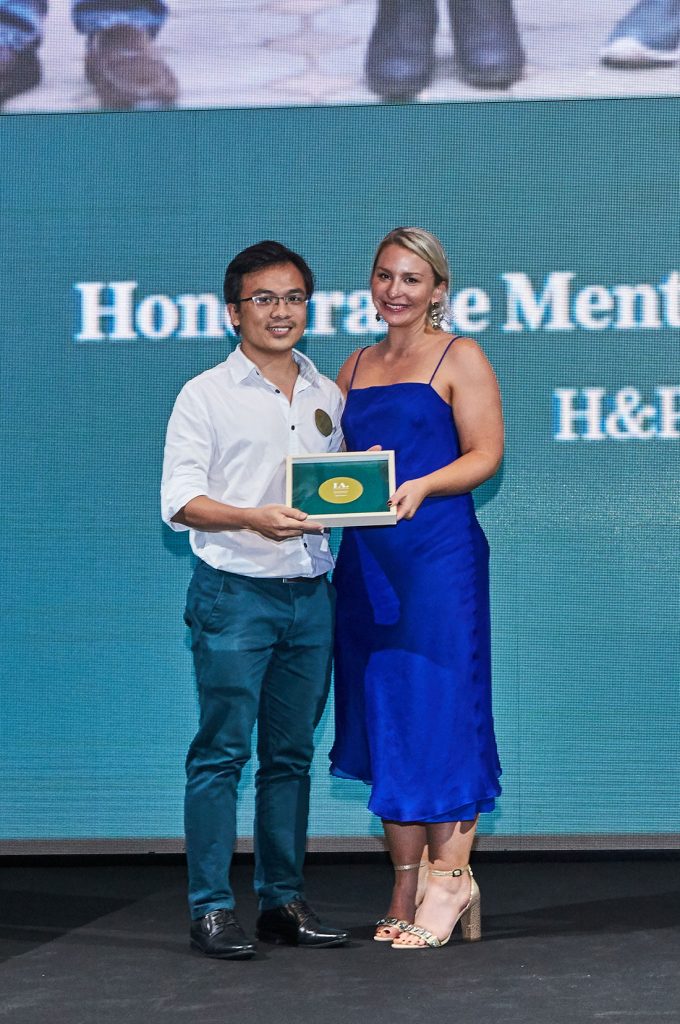
Duc Nguyen accepting the Honourable Mention on behalf of H&P Architects. The presenter was Colleen Black of Careers Indesign / Indesign Media Asia Pacific. Photography: Mark Lee
Indesign Media congratulates this year’s top design studios of Asia Pacific: Studiomake and H&P Architects.
